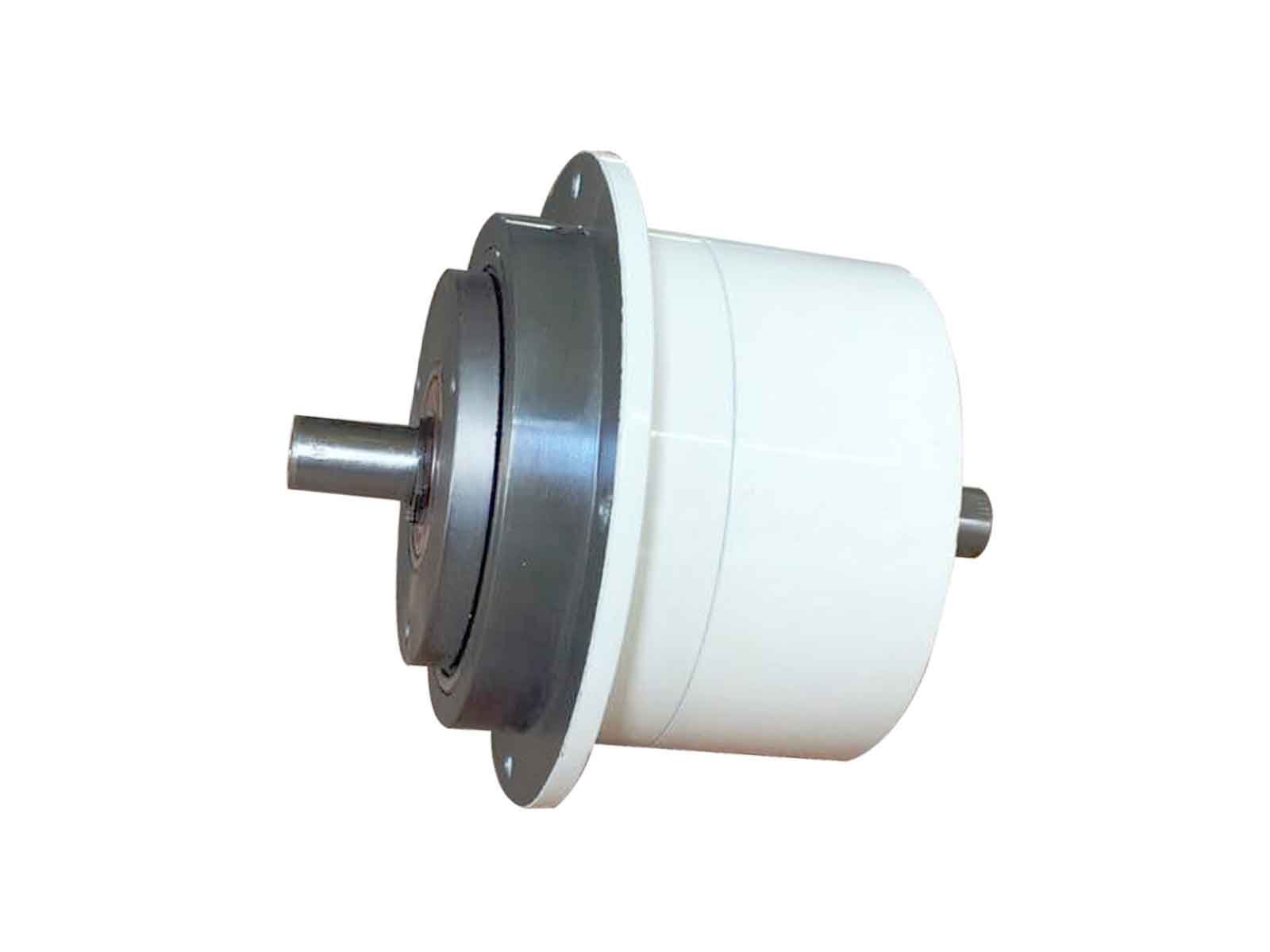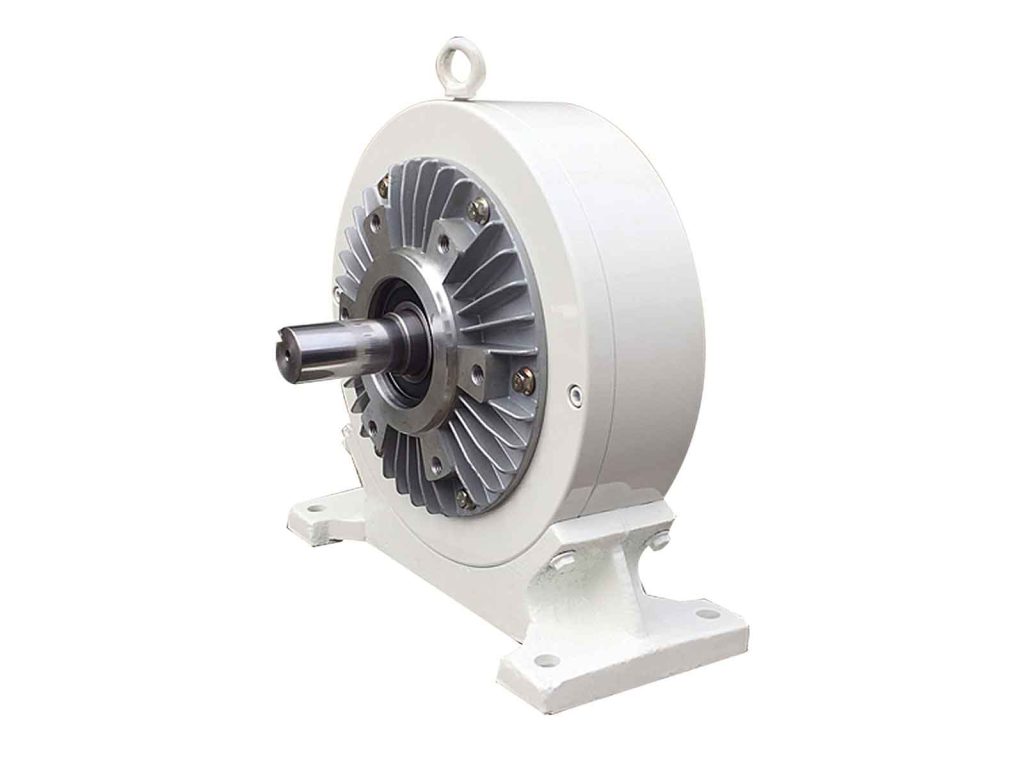In various engineering applications, the precise control of torque and rotational speed is of paramount importance. Magnetic Particle Brakes (MPBs) are a type of electromagnetic clutch that can effectively control torque. This article delves into the controller and control methods employed in Magnetic Particle Brakes, shedding light on their significance in engineering systems.
Understanding Magnetic Particle Brakes
Magnetic Particle Brakes operate on the principle of utilizing the magnetic field to control the transmission of torque. They consist of two key components: the rotor and the stator. The rotor is connected to the output, while the stator is connected to the input. The control of torque is achieved by altering the engagement of these two components.
Key Components Of Magnetic Particle Brakes
- Rotor: The rotor is typically attached to the output shaft of the system. It is the part that interacts with the magnetic particles and transmits torque.
- Stator: The stator is connected to the input shaft and generates the magnetic field that interacts with the rotor.
Two Types Of Magnetic Particle Brake Controller
The efficiency and performance of Magnetic Particle Brakes depend heavily on the controller used. These controllers are responsible for managing the engagement of the rotor and stator, thereby regulating torque.There are two primary types of Magnetic Particle Brake Controllers:
- Analog Controllers: Analog controllers use electrical voltage to control the magnetic field strength, allowing for precise torque adjustment.
- Digital Controllers: Digital controllers employ advanced electronics to provide precise, digital control over the brake, often with additional features such as programmability and data logging.
Controller Design Considerations
Designing a Magnetic Particle Brake Controller requires considering various factors, including:
- Torque Range: The controller must be capable of regulating torque over a wide range, from low to high levels.
- Response Time: Quick response time is crucial for applications that require rapid changes in torque.
- Temperature Stability: Ensuring the controller’s stability across varying temperatures is vital for reliable performance.
Control Methods Of Magnetic Particle Brake
Magnetic Particle Brake Controllers employ various methods to control the torque output. Here are some common control methods:
- Voltage Control : Voltage control is the most fundamental method for regulating torque in Magnetic Particle Brakes. It involves varying the voltage supplied to the stator, which in turn affects the magnetic field strength and, consequently, the torque transmitted.
- Current Control : Another control method is regulating the current supplied to the stator. By varying the current, the magnetic field strength can be precisely adjusted.
- Speed Feedback Control : In many applications, precise speed control is necessary. Speed feedback control involves using sensors to monitor the actual speed and adjusting the brake’s engagement to maintain the desired speed.
- Torque Feedback Control : Torque feedback control systems measure the actual torque output and adjust the brake accordingly to ensure it matches the desired torque.
Application Areas Of Magnetic Particle Brake
Magnetic Particle Brake Controllers find applications in various industries, including:
- Printing: In high-speed printing machines, precise control of tension and speed is essential.
- Tension Control: Textile, wire, and film industries use MPBs for accurate tension control.
- Machine Tools: MPBs are employed in machining operations to prevent tool wear and ensure precise machining.
Conclusion
Magnetic Particle Brake Controllers and control methods play a pivotal role in engineering systems where torque control is essential. Understanding the different types of controllers, control methods, and their application areas is crucial for optimizing performance and efficiency.

